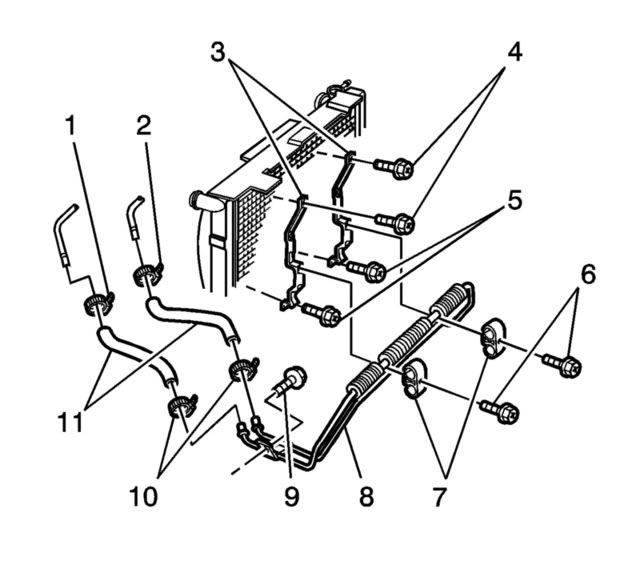Power Steering Problem
Discussion
Went to drive the car today and it made a terrible whining noise.
First thought was the supercharger but moving the wheel the noise became worse. Looking under the bonnet the resevoir for the power steering was below minimum. Despite going to just under max the noise is still there.
By filling I can see a leak which I assume is a pipe from drivers side in front of the wheel.
Whats the best way of getting this fixed? I drove it last week and all was fine. Can I drive it to my local vauxhall dealer to repair (as in could i do any damage?) or do I get the nice AA man to deliver it or take it to Picadors via the AA?
First thought was the supercharger but moving the wheel the noise became worse. Looking under the bonnet the resevoir for the power steering was below minimum. Despite going to just under max the noise is still there.
By filling I can see a leak which I assume is a pipe from drivers side in front of the wheel.
Whats the best way of getting this fixed? I drove it last week and all was fine. Can I drive it to my local vauxhall dealer to repair (as in could i do any damage?) or do I get the nice AA man to deliver it or take it to Picadors via the AA?
BLEEDING/REFILLING PROCEDURE
1. Raise front of vehicle and place on safety stands.
2. With engine not running, add fluid to reservoir to the maximum mark (or greater, if it is known that the steering
gear is empty).
3. Start engine and allow to run for only 2-3 seconds. Do not turn the steering wheel at this point.
4. Continue with Steps 2 and 3 until the fluid level remains constant.
5. Start and run the engine at idle speed, turning the steering wheel from lock to lock, without holding at the full
lock positions (this will build up high pressures, atomising any entrapped air). Repeat this procedure from six to
eight times. Stop the engine, check the fluid level and top up to the maximum level, as required.
6. Start and run the engine at idle speed. Again turn the steering wheel from lock to lock but now slowly build up
the pressure levels by holding against the full lock position from 1-2 seconds. Repeat this procedure from four
to six times. Stop the engine and top up the fluid level to the maximum mark, as required.
NOTE: While the majority of entrapped air will be removed by the above process, a small amount may remain,
which can only be removed by alternate circulation and settling of the fluid for a prolonged period. This is usually
achieved automatically after two to three days, with daily driving and settling overnight.
1. Raise front of vehicle and place on safety stands.
2. With engine not running, add fluid to reservoir to the maximum mark (or greater, if it is known that the steering
gear is empty).
3. Start engine and allow to run for only 2-3 seconds. Do not turn the steering wheel at this point.
4. Continue with Steps 2 and 3 until the fluid level remains constant.
5. Start and run the engine at idle speed, turning the steering wheel from lock to lock, without holding at the full
lock positions (this will build up high pressures, atomising any entrapped air). Repeat this procedure from six to
eight times. Stop the engine, check the fluid level and top up to the maximum level, as required.
6. Start and run the engine at idle speed. Again turn the steering wheel from lock to lock but now slowly build up
the pressure levels by holding against the full lock position from 1-2 seconds. Repeat this procedure from four
to six times. Stop the engine and top up the fluid level to the maximum mark, as required.
NOTE: While the majority of entrapped air will be removed by the above process, a small amount may remain,
which can only be removed by alternate circulation and settling of the fluid for a prolonged period. This is usually
achieved automatically after two to three days, with daily driving and settling overnight.
This is all on the low pressure side of the pump and the original pipes went twice in two different places. They had just rusted through. The first time was on the engine side where the two rubber pipes connect to the cooler, where yours has gone I suspect (I think it went there because the rain blows through the bumper and this is where it all ends up). I got the standard cooler replaced at the same time for a proper little oil cooler. It then went two weeks ago on the piece that run across the front of the engine bay just behind the radiator. This has now been fixed too and nearly all the pipe work is now rubber with an overbraid. I had to just top it up with DIII to get me to RapidGB to do the work.
Get it checked out early.
Get it checked out early.
Gassing Station | HSV & Monaro | Top of Page | What's New | My Stuff




